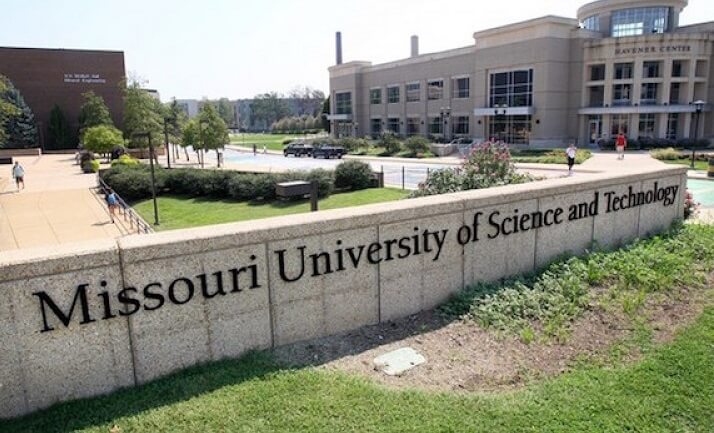Call for papers-Technology and the future of the Home, Missouri November 2020
News | 11-02-2020 11:21
Conference Venue:
Missouri University of Science and Technology
Rolla, United States
Details
CFP: Technology and the Future of the Home
Missouri University of Science and Technology
November 5 – 6, 2020
Keynote Speaker: Diane Michelfelder, Macalester College
Research on how we conceptualize the home is increasing across the academy. However, studies about how technology challenges our conceptualization of the home require focus. The purpose of this colloquium is to develop and advance such conversations. Although submissions that interpret the home are welcome, abstracts focused on guiding its development to create a better world are highly encouraged. All disciplinary backgrounds and approaches are welcome. The scope of topics is open, but some motivational lines of inquiry include how the future of the home intersects with the following areas:
Smart Cities
Digital Divide
Interior Design
Future Meanings
Food Sovereignty
IoT in the Home
Universal Design
Alternative Housing
Zoning and Regulations
Disability Considerations
Architectural Inspirations
Implementation Subsidies
The Home as an Ecosystem
Challenges to Existing Infrastructure
Generational Differences and Challenges
Cohousing, Ecovillages and Intentional Communities
There is no registration fee. Upload anonymized abstracts of 250-350 words by June 15, 2020: https://easychair.org/conferences/?conf=tfh2020
While participation in the event does not guarantee publication, participants can submit revised versions of their papers to a special issue of the Journal of Sociotechnical Critique, subject to peer review and alignment with the aims and scope of the journal. Questions? shane.epting@mst.edu
This event is made possible with support from the Center for Science, Technology, and Society at Missouri University of Science and Technology, Journal of Sociotechnical Critique, Center for Environmental Philosophy at the University of North Texas, Philosophy of the City Research Group, and the Interdisciplinary Environmental Association.
back

